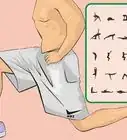This article was co-authored by Francisco Gomez and by wikiHow staff writer, Eric McClure. Francisco Gomez is the Head Coach at the FIT Potato Gym, a training gym established in 2001 in the San Francisco Bay Area. Francisco is a former competitive runner who helps endurance athletes train for major marathons like the Boston Marathon. Francisco specializes in Injury Rehab, Flexibility, Marathon Training, and Senior Fitness. He has a B.S. in Nutrition and Exercise Physiology & Running.
There are 17 references cited in this article, which can be found at the bottom of the page.
This article has been viewed 33,280 times.
Figuring out just how strong you are is a great way to establish fitness goals. It can also simply be a fun way to figure out which one of your friends is the strongest! There are a variety of ways to determine your strength. Your upper body, lower body, and overall fitness require different types of tests, so it’s important to figure out what your goal is before doing anything else. Remember to always get a spotter if you’re using weights to find your lifting limit at the gym.
Steps
Physical Tests
-
1Do push-ups for 3 minutes to test your upper body strength. Push-ups are a great physical fitness test because they assess your strength relative to your body weight. Do this on a carpet or yoga mat. Get on your knees, put your hands under your shoulders, and raise your body up with your legs straight and feet together. See how many push-ups you can do in 3 minutes to assess your strength.[1]
- Only count the push-ups where you lower yourself far enough to bend your elbows at a 90-degree angle.
- You can do this with chin-ups if you prefer. Chin-ups rely a little more on back muscles, but they’re still a great way to test upper-body strength.
- A fit 30-year-old adult man should be able to do at least 20 push-ups. Women should be able to perform around 15 push-ups.
-
2See how many crunches you can do in 1 minute to test your core. Crunches are a great way to assess your core and overall endurance. Lay down on a yoga mat or carpet and place your feet firmly on the ground. Cross your arms in front of you or set them on the side next to you. Raise your shoulders and head without lifting your butt off of the floor. Do as many crunches as you can in 1 minute to test your core and endurance.[2]
- For a 30-year-old male, 40 crunches is considered an average result. For women, this number is around 30.
Advertisement -
3Determine how long you can hold a half-squat to measure lower body strength. Stand with your back against a wall and slide yourself down until your knees are bent at a 90-degree angle. Start a timer and see how long you can stabilize your body against the wall in a half-squat position. Once you can no longer maintain the position, stop the timer and stand up or lower yourself to the floor gently.[3]
- A healthy 30-year old man should be able to last at least 80 seconds in a half squat. A 30-year-old woman should be able to make it 70 seconds.
-
4Use a running test to assess your overall endurance or explosiveness. For a larger overall assessment, use a running test. You can either see how long it take you to run 1 mi (1.6 km), or borrow the NFL’s tool for testing explosiveness and run a 40 yd (37 m) sprint. Use a stopwatch to determine how fast you are.[4]
- It actually takes a lot of muscle strength to sprint or run a long distance. While many people believe that running is strictly a cardiovascular exercise, it’s really a whole body workout.
- For a 1 mi (1.6 km) run, 8 minutes is considered the standard threshold for a good time for both men and women.
- Anything under 6 seconds is considered good for a 40 yd (37 m) sprint.
-
5Opt for a swimming test to check your overall physical fitness. Since swimming requires your body to fight against the resistance in the water, this is a great way to test your general fitness. Have a friend time you as you swim 1-2 laps in a pool and see how fast you are. Alternatively, you can see how many laps you can complete in 5 minutes.[5]
- Since pools come in different sizes, it’s a lot harder to assess what a good swimming time is. In general, swimming 300 feet (91 m) in under 2 minutes is considered good.
Warning: Only perform a swimming test under the supervision of a lifeguard. If you start cramping up or struggle to stay afloat, do not continue swimming.
Maximum Lifting Strength
-
1Get a spotter before preparing for your one-rep max. A one-rep max refers to the maximum weight you can lift in any given exercise for a single repetition. Since this involves lifting a heavy weight and testing your limits, enlist a friend or fellow gym member to spot for you and help you raise the weight if you start struggling. This is incredibly dangerous to do on your own, since the weight can seriously injure you if nobody is there to help you out.[6]
- You should not do this if you don’t regularly lift weights or exercise. Your body will not be used to the heavy weight and you’re extremely likely to tear a ligament, drop a weight, or tear a muscle.
Warning: You should never lift free weights without a spotter, but it’s especially important here. In addition, do not start out trying to lift a heavy weight without building up to it first.
-
2Choose the weightlifting exercise you want to test. You can do this for any free-weight or machine exercise. The most common choices are the bench press, leg press, and the barbell squat. However, you can really use any lifting exercise so long as it isn’t your first time doing it.[7]
- If you’re on a specific workout regimen, this is an important part of establishing benchmarks and determine what goal you’re working towards. If you’re doing this for more than one exercise, don’t do them on the same day. Wait 3 days between one-rep max lifts to give your body time to heal.
-
3Set your target based on your previous experience with lighter weights. If you know what your limits generally are, base your one-rep target on what you know you can achieve and add 10 pounds (4.5 kg) to start. If you aren’t sure, determine your maximum number of reps at any given weight and plug it into a one-rep max calculator online. There’s a formula for determining your one-rep max based on how many reps you can do at a given rate, but it’s kind of hard to calculate on your own.[8]
- Alternatively, you can start at a comfortable weight and work your way up, but you may wear yourself down before you figure out what your one-rep max actually is. This is a good way to find a baseline for when you re-test in 2-3 days, though.
- There are plenty of one-rep max calculators online. You can find a basic one at https://strengthlevel.com/one-rep-max-calculator.
-
4Do a 15-minute warmup on a treadmill or bike before lifting anything. To activate your muscles and get ready for the heavy weight, spend 15 minutes doing some cardio. You can jog, run on a treadmill, ride an exercise bike, or do calisthenic exercises. So long as you get your blood flowing and work up a light sweat, it doesn’t necessarily matter what warmup you choose.[9]
- This is a key part of preventing injuries. Your body needs to work its way up to heavy lifting.[10]
-
5Do 3-5 repetitions at 50% of your target rate to warm up. To start preparing for your one-max rep, do 3-5 reps at half of the target weight. Use the same lifting exercise that you’re using for the one-rep max. In other words, if you’re preparing for a one-rep max on a bench press, do 3-5 reps on a bench with a barbell like you normally do.[11]
- This should be very easy for you. If you struggle with 3-5 reps at half of the weight of your target, lower your one-rep max target.
- For example, if your target weight is 300 pounds (140 kg), do 3-5 reps at 150 pounds (68 kg).
-
6Wait 3-5 minutes before doing 2-3 reps at 75% of the target weight. Once you’ve completed your first set at a lower weight, stand up and take a rest. Wait a few minutes to give your body time to reset and do another 2-3 reps at 75-80% of your target weight.[12]
- It’s okay if this is a little hard to do. This shouldn’t be extremely difficult, though. If you’re barely getting 75% of the target, lower the number you’re shooting for.
- If you’re getting ready to lift 300 pounds (140 kg), do 2-3 reps at 225 pounds (102 kg).
-
7Take another 3-4 minute rest before testing your one-rep max. Stand back up and rest for another 3-4 minutes to give your body a break. Then, load the weight for your one-rep max. Take a deep breath, make sure that the spotter is ready, and attempt to lift or move the weight. If at any point you find your body buckling or the weight starts moving down, yell “spot” or “help” to let the spotter know you need assistance.[13]
- There’s no shame in asking for help from a spotter. Do not risk letting the weight go without asking for help.
- If you can’t hit your target but you get close, treat this as your new one-rep max target and give it another shot in 2-3 days.
-
8Add another 10–30 lb (4.5–13.6 kg) if you can comfortably keep going. If the one rep max wasn’t a major struggle for you, keep adding weight to see if you can lift more. Add an additional 10–30 pounds (4.5–13.6 kg) and see if you can lift it. Only do this 2-3 times though, since adding a lot of weight that you aren’t used to lifting can become dangerous and you’re getting worn out with each rep.[14]
- Use your one-rep max as a baseline to determine how much weight to use for your exercises in the future.[15]
Strength-Testing Games
-
1Find a high striker at a carnival or arcade and hit it with a mallet. High strikers are those vertical poles with a weight at the bottom that you hit with a mallet to try and hit the bell at the top. You can find a high striker at any carnival, although arcades occasionally have them as well. Fork over $1-2 and take a shot at seeing how high you can score. Simply swing the mallet as hard as you can and strike the button or platform at the bottom of the machine to send the weight flying up towards the bell.[16]
- This is a fun exercise more than anything else. The way you hold and swing the mallet, combined with your striking accuracy, has a strong impact on your result, which doesn’t make it a great test for raw strength.
-
2Test your strength against another person by arm wrestling. Sit down across from your opponent and lock your right hands around their right hand. Keep your elbows on the table and have a friend countdown to begin. Try to pin your opponent’s arm by pulling it down towards the table. You cannot lift your elbow, get out of your seat, or use your nondominant hand to brace yourself on the table. This is a great way to figure out which of you is stronger![17]
- To avoid disagreements, enlist a third friend to referee the match and watch the elbows.
Tip: This is kind of an unfair test if you and your opponent don’t have the same dominant hand. A right-handed individual will have a clear advantage against a left-handed person if you’re using your right arms for this and vice versa.
-
3Play tug of war to assess the strength of groups of people. Get a long, sturdy rope and lay it down flat on a grassy area or gym floor. Split up 2 teams of people evenly or have predetermined teams grab separate ends of the rope. Have someone countdown to start the game. The first group that falls down or releases the rope is considered the loser and the remaining team is declared the winner.[18]
- This is a great team-building exercise and a fun competitive event at school.
- You can have 1-on-1 tug of war competitions if you want, but tug of war is traditionally a team game.
-
4Assess arm strength and throwing distance using a football or basketball. Grab a few footballs or basketballs and head out to a large field. Have each thrower spread out 10–15 feet (3.0–4.6 m) to avoid balls bumping into one another and launch the balls as hard as you can. Once every person has thrown a ball, go to the other end of the field and determine who threw the ball the furthest.[19]
- You can use a smaller, lighter ball if you prefer, but you’ll need more room for the test since a lighter object may travel or bounce further.
Warnings
- Never try to lift a heavy weight without a spotter to help you in the event that you struggle.⧼thumbs_response⧽
- Do not go swimming without a lifeguard present—especially if you’re trying to test your swimming speed or endurance.⧼thumbs_response⧽
References
- ↑ https://www.mayoclinic.org/healthy-lifestyle/fitness/in-depth/fitness/art-20046433
- ↑ https://www.mayoclinic.org/healthy-lifestyle/fitness/in-depth/fitness/art-20046433
- ↑ https://www.cbi.ca/documents/12741/633624/19-Trunk+and+Lower+Extremity+Muscle+Endurance+Normative+Data+for+Adults.+Journal+of+Rehabilitation+Outcomes+Measurement+1998.pdf/4a9c30ea-0314-40ff-87bb-6895f7e22f6c
- ↑ https://www.mayoclinic.org/healthy-lifestyle/fitness/in-depth/fitness/art-20046433
- ↑ https://www.military.com/military-fitness/fitness-test-prep/top-12-physical-fitness-test-exercises
- ↑ https://cultureofsafety.thesilverlining.com/fitness/safe-spotting-for-weighttraining/
- ↑ https://youtu.be/qPQiTLtXQ1o?t=60
- ↑ https://www.unm.edu/~rrobergs/478RMStrengthPrediction.pdf
- ↑ https://youtu.be/qPQiTLtXQ1o?t=77
- ↑ Francisco Gomez. Fitness Coach. Expert Interview. 24 October 2019.
- ↑ https://youtu.be/qPQiTLtXQ1o?t=140
- ↑ https://youtu.be/qPQiTLtXQ1o?t=215
- ↑ https://www.stack.com/a/how-long-should-i-rest-between-sets
- ↑ https://youtu.be/qPQiTLtXQ1o?t=382
- ↑ https://youtu.be/qPQiTLtXQ1o?t=463
- ↑ https://www.gwinnettdailypost.com/suwanee-fest-another-person-at-test-your-strength-game/image_63000c26-dcac-11e9-91ac-ff1ac943ede8.html
- ↑ https://www.latimes.com/archives/la-xpm-1990-08-26-me-382-story.html
- ↑ https://www.cherrypoint.marines.mil/News/Article/626120/marines-sailors-test-their-strength-during-the-2015-cfc-tug-of-war-tournament/
- ↑ https://www.military.com/military-fitness/fitness-test-prep/top-12-physical-fitness-test-exercises
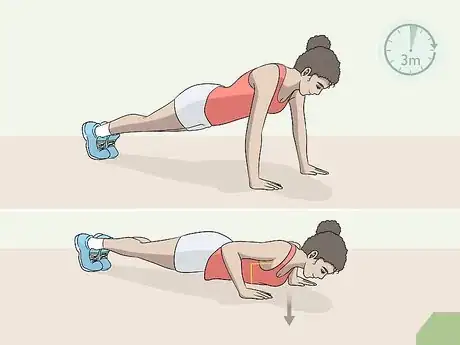





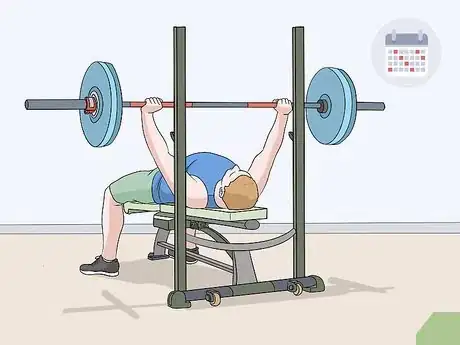

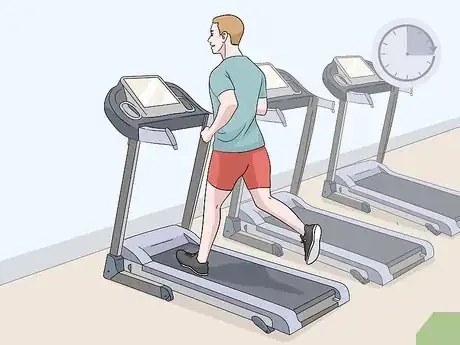


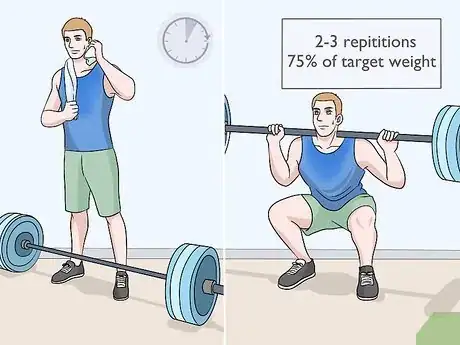
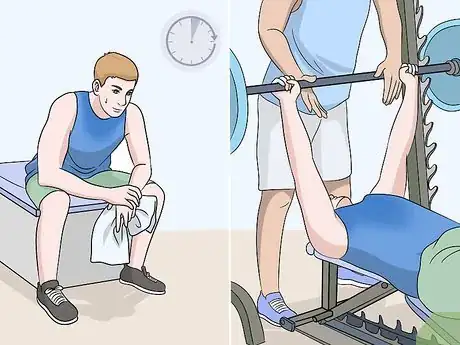
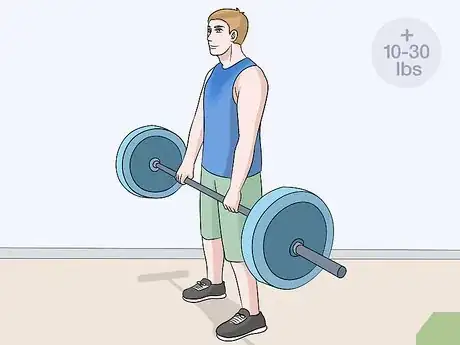
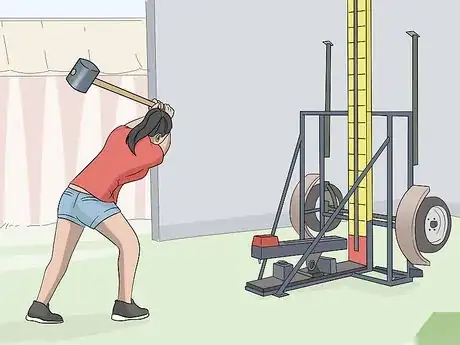
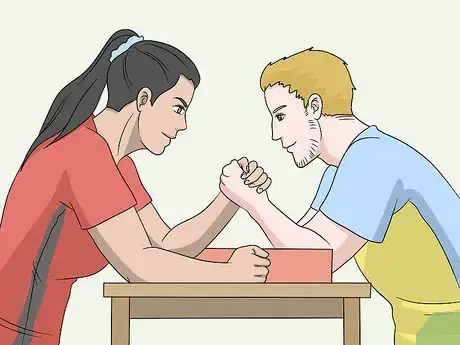
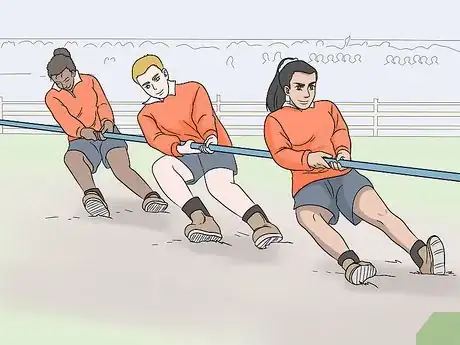
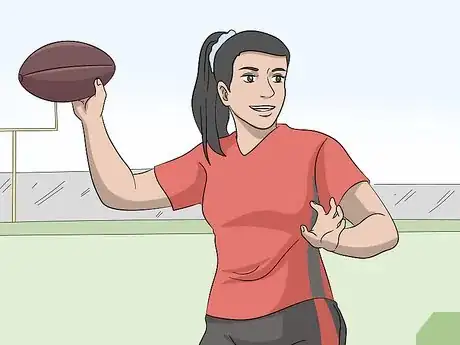





-Step-24.webp)











